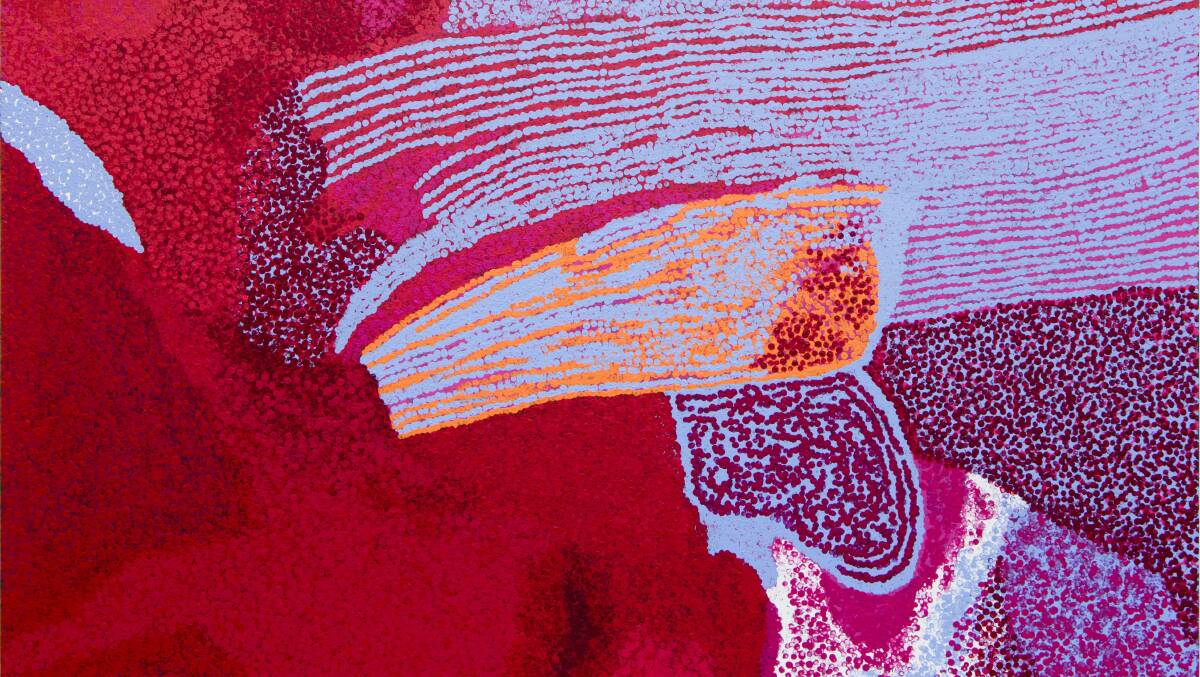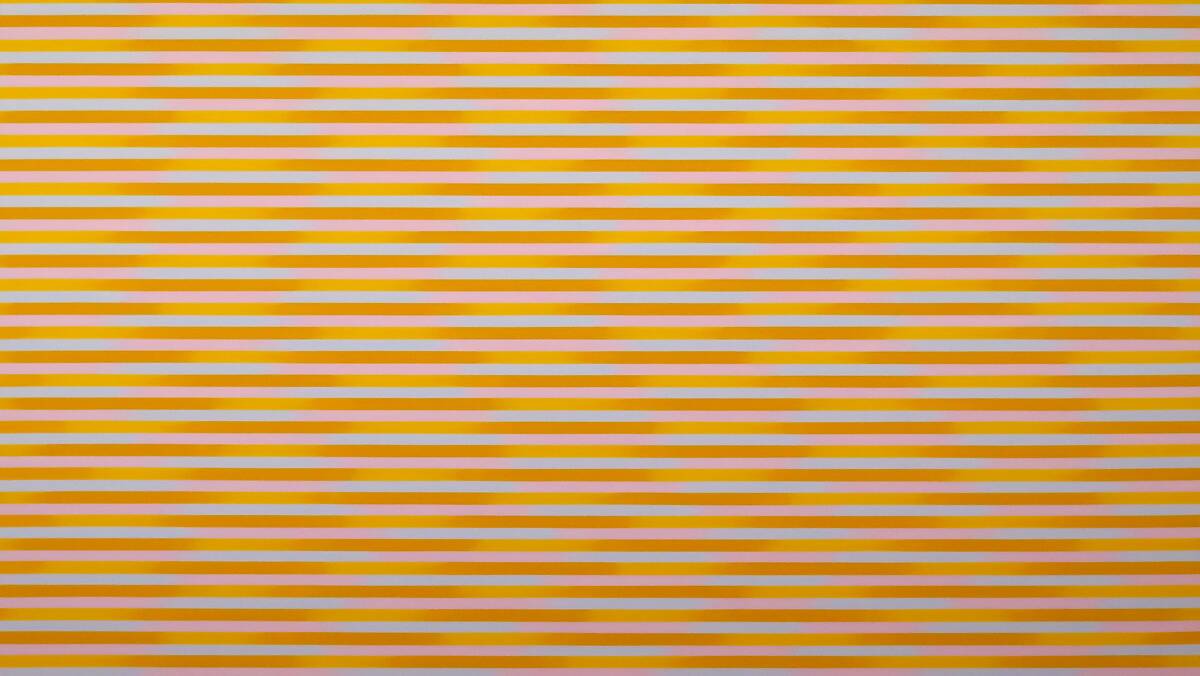
Highlights from the ANU Art Collection. ANU Drill Hall Gallery, Kingsley Street, Acton. Closes December 20, Wed - Sun 10am-5pm.
Subscribe now for unlimited access.
or signup to continue reading
University art collections are generally referred to as "Cinderella collections" - a bit of a fairy tale that hopefully should have a happy ending.
There are about 250 "Cinderella collections" scattered throughout the tertiary sector in Australia; on some of the major campuses they are promoted to the status of dedicated university museums and art galleries, but, in most instances, they are subsumed into the fabric of the university itself.
The artworks from these collections are dotted around the main buildings, in libraries, teaching auditoriums as well as the private offices of academics and senior university bureaucrats.
It is a collection that sparkles with a number of outstanding gems.
Artworks by well-known artists are often a status symbol - cultural capital - that the university exploits to stress its standing and importance.
The "Cinderella collection" at the Australian National University has been growing for about 70 years. In earlier years, it was fostered through judicious purchases, and more recently it has been enhanced through numerous donations, particularly through the Commonwealth Cultural Gifts Program, through which the university scores the artwork, while the donor is given a generous tax donation for the full value of the work.
In the national grid, the ANU has one of the stronger collections, perhaps not to the depth of Melbourne or Sydney, but it is a collection that sparkles with a number of outstanding gems. They include Sidney Nolan's Riverbend, now housed in its own dedicated space within the Drill Hall Gallery, and Leonard French's Regeneration mural and the Journey series in University House and his The Seven Days of Creation in Bruce Hall.

The exhibition of highlights from the ANU Collection is a hastily assembled selection that was brought together in this most disrupted year in the university's history. It consists of a mixture of early works and early acquisitions by artists including Roland Wakelin and Donald Brook and very recent donations by collectors and art school alumni.
The Drill Hall, after being dormant due to the virus for four months, deliberately has sought to show signs of vibrant life with the desire to boast of new admissions to the collection and to celebrate some of its gems. The painting that stopped me in my tracks is a glorious and huge work by Yannima Pikarli Tommy Watson, his Pikarli, 2014. Tommy Watson was a senior Pitjantjatara elder and law man of the Karima skin group who only started painting when he was in his mid-sixties and through his vibrant colour-saturated paintings attained considerable fame before his death about 16 years later.
There is also a large and powerful painting by Wilma Tabacco, her Zephyr, 2002. This veteran, Melbourne-based artist is as yet to receive the recognition that she deserves. Some of my other favourites at the exhibition include Anne Zahalka's monumental pigment print Star City Casino (after Breughel), 1999, Vivienne Binns' Lino Canberra, tile formations and orange, 2001, Derek O'Connor's Plate, 2004 and the stunning John Peart, Royale, 1971.
There may be little that unites this exhibition aesthetically, but the show breathes with optimism for a smoother run for the Drill Hall Art Gallery in 2021.

